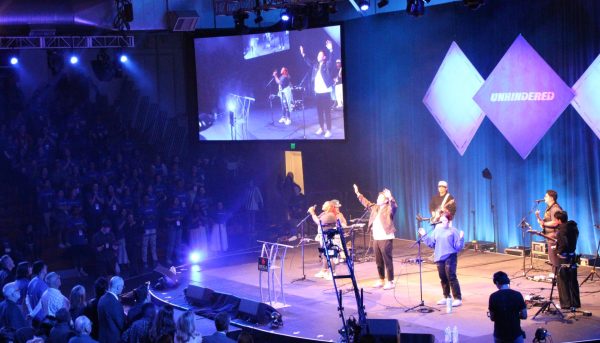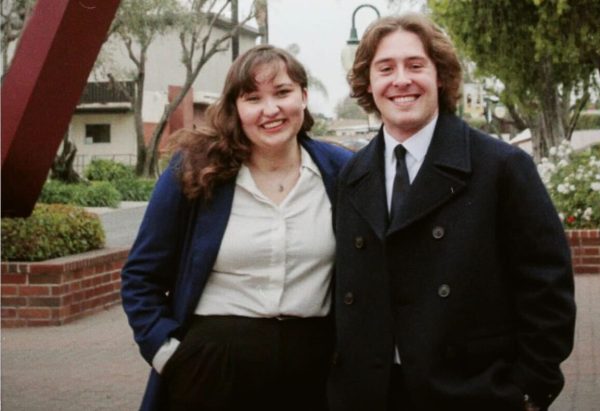Failure in underground high voltage cable cause of recent power outages
A permanent repair is being scheduled for the recent power outages affecting campus.
November 9, 2011
Power outages attributed to Biola’s energy supplier
Two power outages in the month of October have been attributed to Biola’s power source, Southern California Edison. The company is not shy about the number of power outages that have occurred on campus as well as in the city of La Mirada, which are both powered by Edison.
“We’ve had problems with Edison off and on over the years,” said Brian Phillips, senior director of operations in Facilities Services. “But it’s been better over the last year.”
There were indications that the sporadic power outages that occurred on Oct. 27 were related to an undervoltage warning, a decrease in voltage to below 90 percent of the entire voltage. The direct cause was confirmed to be a failure in an underground high voltage cable, according to Phillips.
The power was rerouted to campus temporarily by Oct. 28, and a permanent repair is being scheduled. Tomaso Giannelli, a business customer division representative of Outage Communications at Southern California Edison informed Matthew Pagano Jr., Biola’s Southern California Edison representative of the problem.
“Some repairs may be needed down the road,” Giannelli said. “However, it is unknown at this time if the repairs will require a planned outage, or if the planned outage will affect Biola.”
Power outage causes and solutions
Southern California Edison explained that unplanned outages can occur for a myriad of reasons such as equipment failure, cable faults, damage by third parties or severe climatic conditions. In this particular case, it was a cable fault.
The citywide outage that occurred on Oct. 10 was caused by a bird flying into a substation, which resulted in a 40-minute blackout, Phillips said.
In any given emergency of an unplanned outage, Southern California Edison has a three-phase protocol plan. The first phase is visibly assessing the situation and containing any safety issues concerning the public and employees. The second step is repairing the damages in the substations that house much of the electrical equipment and the power lines that feed electricity to the rest of the power distribution infrastructure. Lastly, the power is restored to the electric lines.
Biola’s protocol in power outages
Like Edison, Biola’s library follows its own regimen in the case of a power outage; however, it does not have its own generator.
“The power went out three times successively that day and we used the same protocol each time,” said April Ray, circulation supervisor of the Library.
When the power went out, everything powered down; fortunately, most functions can be handled manually, Ray said.
“The doors can be unlocked and opened manually and the system failure triggers the turnstiles to become freewheeling,” Ray said.
During the most recent power outages, no one was allowed to enter the Library except to retrieve belongings and in all three cases the lower level had to be evacuated due to the lack of natural light filtering in. Ray also said that manual checkouts were able to be made during these times. Once the power is regenerated, Ray said that it takes approximately 10 minutes for the network to start up.
“In terms of patron information, all the records are backed up in a different server in IT [information technology], so nothing is lost in terms of records,” Ray said.
Phillips said that he will be staying in contact with Edison to plan for any future planned outages that may occur on campus.






